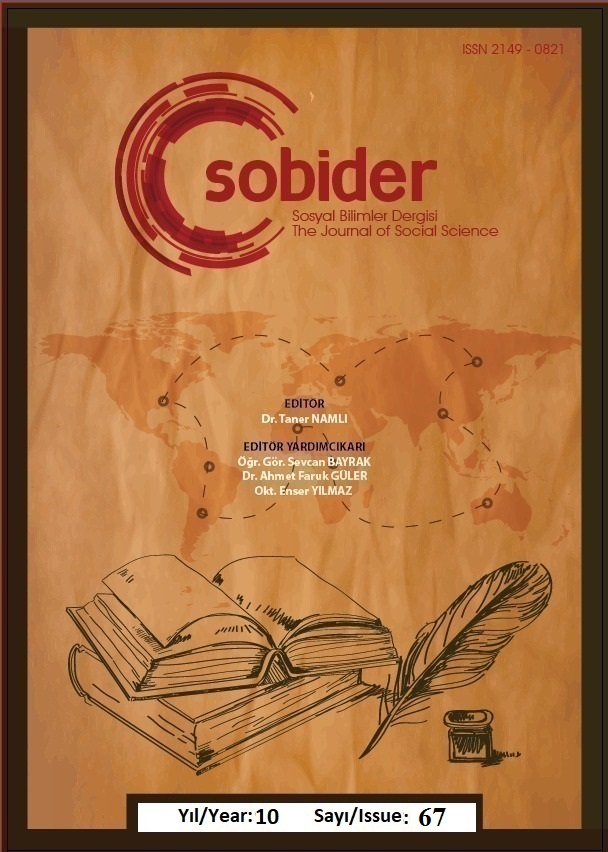Author :
Abstract
Doğum, bebeğin, sağlıklı, mutlu, huzurlu bir yaşam sürmesi, başarılı olması ve gelecekte iyi mevkilere gelmesi gibi olumlu temenniler içeren, yaşamın ilk ve en önemli olgusudur. Bu temenniler, birçok uygarlıkta göbek bağı ve plasentayla ilişkilendirilmekte farklı biçimlerde ritüellerle kutlanmaktadır. Kore tarihinde de göbek bağı ve plasentası, kraliyet ailelerince gelecekte soyun devamlılığı açısından çok değerli sayılmaktadır. Bu sebeple aileye mensup bebeğin göbek bağı ve plasentasının korunması için özel olarak tasarlanmış seramik plasenta kavanozları üretilmiş ve kraliyet topraklarına törenlerle gömülmüştür. Silla Krallığı (M.Ö.57-M.S. 676) döneminde üretilmeye başlanan plasenta kavanozları, Joseon Hanedanlığı (1392-1910) dönemi boyunca farklı bünye, dekor teknikleri ve biçimleri ile altın çağını yaşamıştır. Bu kavanozlar, Goryeo Döneminde (918-1392) sırsız ve pekişmiş bünyeli bir özelliğe sahiptir. Joseon Hanedanlığının (1392-1910) ilk döneminde, seledon sırlı ve mishima dekorlu (Buncheong), sonraki dönemlerinde ise beyaz, sade ve sırlı porselenden üretilmiştir. Hanedanlığın sona ermesiyle birlikte plasenta kavanozlarının kullanılması da son bulmuştur. Seramik ve kültür ilişkisi bağlamında en iyi örneklere sahip plasenta kavanozları seramik üretimindeki gelişimin yanında toplumsal olayların, inanç ve felsefe alanındaki değişimlerin bir belgesi niteliğini taşımaktadır.
Keywords
Abstract
Birth is the first and most important event of life, which includes positive wishes such as living a healthy, happy, peaceful life, success, and reaching good positions in the future. These wishes are associated with the umbilical cord and placenta in many civilizations and are celebrated with different rituals. In Korean history, the umbilical cord and placenta have been considered very valuable for future dressing preservation since royal times. For this reason, specially designed ceramic placenta jars were produced to preserve family members' umbilical cord and placenta and were buried with ceremonies on royal lands. Placenta jars, which started to be produced during the Silla Kingdom (57 B.C.- 676 A.D.), experienced their golden age with different structures, decoration techniques, and styles during the Joseon Dynasty (1392-1910). These jars had unglazed, and stoneware during the Goryeo Period (918-1392). In the first period of the Joseon Dynasty (1392-1910), it was produced in celadon glaze and mishima decoration (Buncheong). In the later period, it was produced in white, plain, and glazed porcelain. With the end of the dynasty, the use of placenta jars also ceased. Placenta jars have the best model of relations between ceramics and culture, document social events, changes in belief and philosophy, and the development of ceramic explosions.





